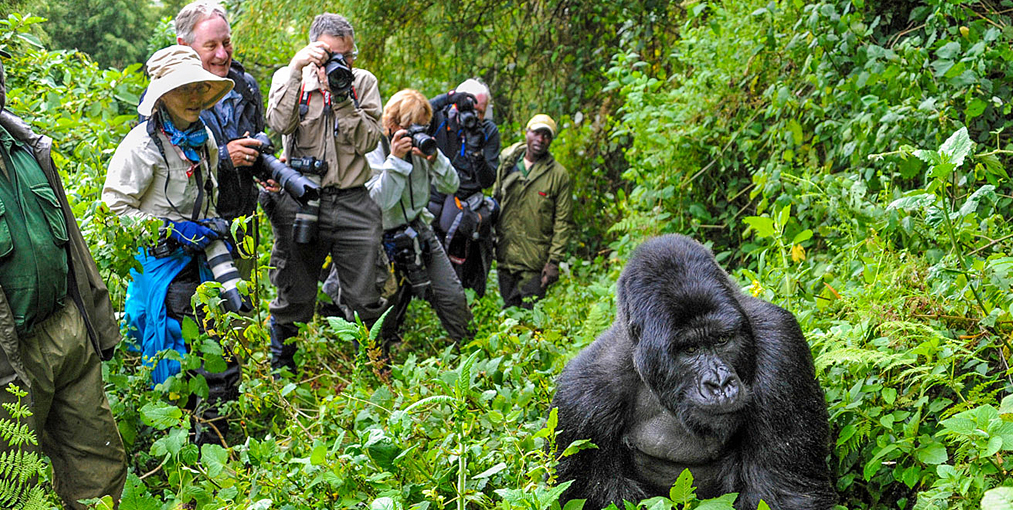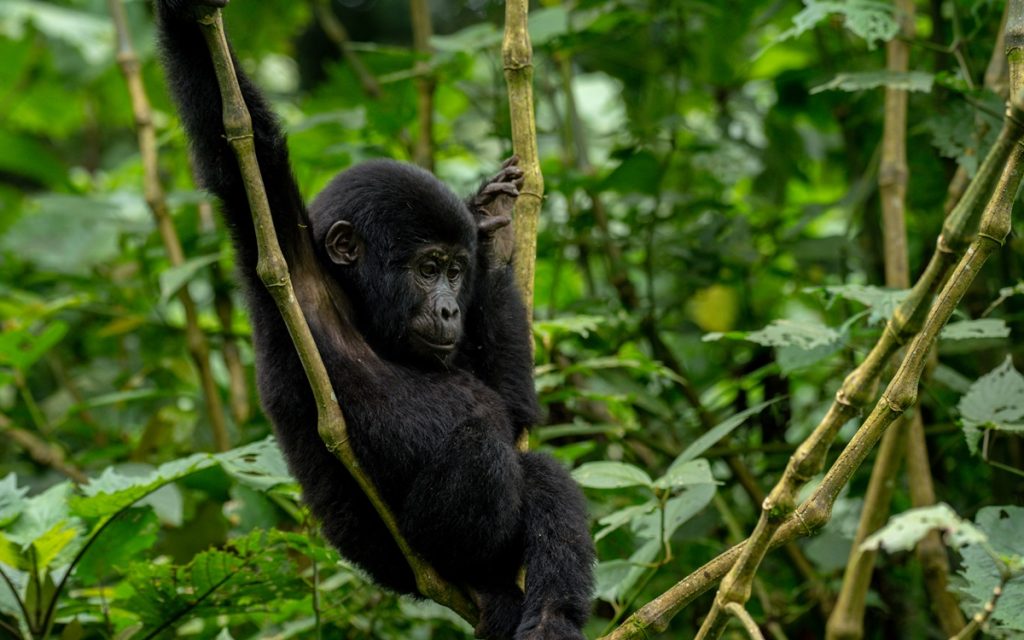Shoebill stork sound
Standing tall up to 7ft 7 inch on its wingspan, the shoebill stork is a tall bird possessing long, stilt-like legs, making it to cut an imposing figure as it stalks slowly through its habitat – the dense wetlands for its prey without making a sound.
Shoebill storks are among the most fascinating birds in the world, mostly known for their striking appearance, giant sizes and importantly their distinct behaviors.
However, shoebill’s unique sounds are just as intriguing and satisfying to know.
What kind of noise does a shoebill stork make?
When comparing the shoebill based on the amount of noise made, a shoebill would be seen as a relatively quiet bird. Unlike many other birds, shoebill storks have a limited vocal repertoire, only producing specific purposes and meanings.
In this article, we’ll explore the sounds of shoebill storks, how they communicate, and why their unique sounds are so rare and uncommon.
Different Shoebill Storks Sound
Shoebill storks are generally considered quiet birds, but this does not mean they are silent. They produce a range of sounds with distinct meaning and purposes. Some of the most common shoebill stork sounds include;
Bill clattering: The most famous sound shoebill stork makes is a loud, machine-gun-like clatter produced by rapidly snapping their bill shut. This is the most common sound made by both nestlings and adult shoebill stork birds.
Low growls: Occasionally, shoebills emit soft growling sounds, often when feeling threatened or agitated.
Hiccups: Chicks produce a distinctive hiccup-like sound to beg for food or signal distress.
These sounds, while not melodic, serve essential purposes in the bird’s life, particularly in communication and survival in their habitat.
Suggested Safari Itineraries
4 Day Murchison Falls & Chimpanzee Tracking Safari
$ 1260
per personHow Do Shoebills Make Their Sounds?
The shoebill’s most iconic sound, the bill clatter, is produced through rapid movement of shoebill stork large, shoe-shaped bill. This sound can be loud and startling, resembling the rattling of machine guns.
Here’s how it works:
Firstly, the bird rapidly opens and closes its bill in a fast and more rapidly repeated intervals, before you know it the rattling machine gun sounding effect is produced.
By the help of air vibrations, the sound is amplified to be more audible and hearable over long distances.
This sound is a crucial part of their behavioral repertoire, used in both social and solitary contexts for different purposes depending on the particular sound.
What are the Shoebill Storks Sounds for?
Shoebill stork sounds are produced for specific reasons, not just for the sake of making sound. Some of them include the following;
Signaling Presence: The bill clattering shoebill sound is commonly used as a form of communication, particularly during interactions with other shoebills.
This sound can signal territorial presence, letting other birds know the giant is around and they should therefore stay away.
Mating and Courtship: Shoebill storks are known for being solitary birds however, during the breeding season, shoebill storks use bill clattering as part of their courtship ritual.
It serves as a non-vocal method to attract mates and demonstrate readiness for pairing.
Parent-Chick Communication: Shoebill stork chicks use vocalizations, such as soft hiccup-like cries, to signal hunger or distress.
Parents respond by bringing food or offering protection, ensuring the chick’s survival.
Defensive Behavior: In cases where the shoebill stork bird feels threatened, it may clatter its bill or produce low growls to intimidate predators or intruders.
Shoebill Stork Sounds compared to Other Birds
Shoebills are not known for melodious songs like many other bird species. Instead, their sounds are functional and unique:
| Bird | Sound | Purpose |
| Shoebill stork | Bill clattering
Growls Hiccups sound |
Communication
Defense Mating signaling |
| African grey parrot | Whistles
Mimicry |
Social bonding
Learning |
| Cattle egret | Squawks
Harsh calls |
Warning signals
Mating signals |
| Bald eagle | High-pitched whistles | Territory marking
Alert calls |
Shoebills stand out due to their minimalistic but impactful sound profile, relying more on body language and presence than vocal prowess.
Recommended Safaris
8 Days River Nile, Murchison Falls & Kidepo Wilderness Safari
$ 2400
per person11 days Uganda Premium Gorilla, Wildlife & River Nile Adventure
$ 2900
per personShoebill Sounds and Their Habitat
The habitats of shoebill storks, such as swamps and wetlands, influence their vocal behavior. The quiet, expansive nature of these environments means loud or frequent vocalizations are unnecessary.
Sound and survival: Being quiet helps shoebills avoid drawing attention from potential predators or disturbing prey.
Adaptation: Their ability to communicate through occasional sounds and visual cues aligns with the demands of their habitat.

2 adult shoebills showing monogamous relationship
Observing Shoebill Stork Sounds
If you’re hoping to hear the distinctive sounds of a shoebill stork, your best chance is during their active periods:
Breeding season: They are most vocal during courtship and territorial displays.
Feeding time: Bill clattering can be observed when shoebills catch or handle prey.
To experience these moments, visiting their habitats in Uganda, such as Mabamba Swamp, is ideal. Guided tours can be arranged to any of these destinations for a better encounter of these gentle giant birds.
Conclusion
Shoebill storks may not make the most beautiful sound, but their unique sounds, such as the iconic bill clattering, are deeply connected to their behavior and environment.
Shoebill stork’s sounds serve practical purposes like communication, mating, and defense, making them an essential aspect of the bird’s fascinating life.
These adorable giant birds may be sighted in many places in Uganda including the famous Mabamba swamp, the Semuliki swamps and others. Get in touch with us to add this to your itinerary and learn even more about them in their natural habitats.
Anthony

Ready for your ultimate wildlife experience?
Chat with us, our team is always here to help!
You may also like …

Got any questions
about traveling to Uganda?
Get in touch.








